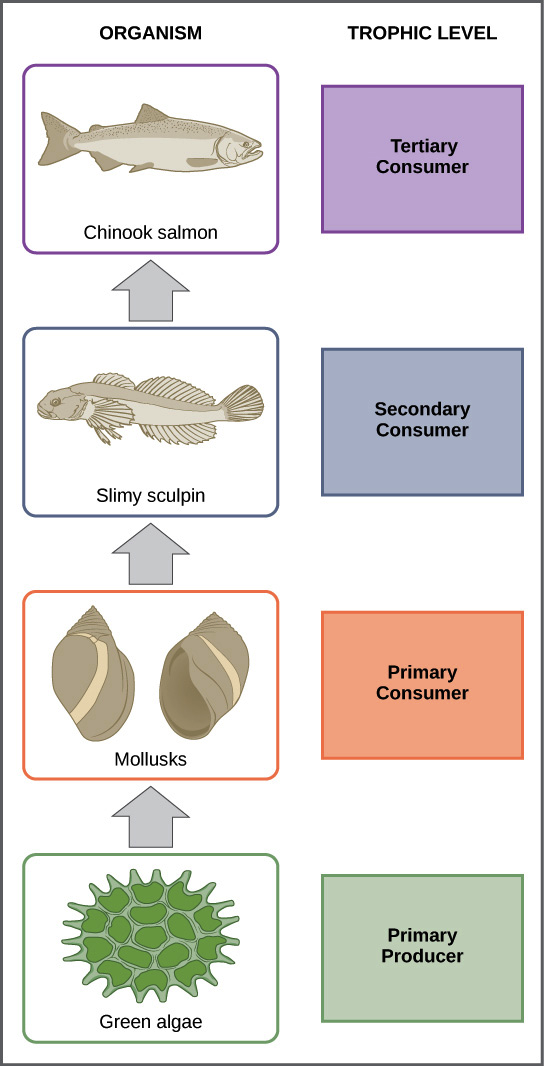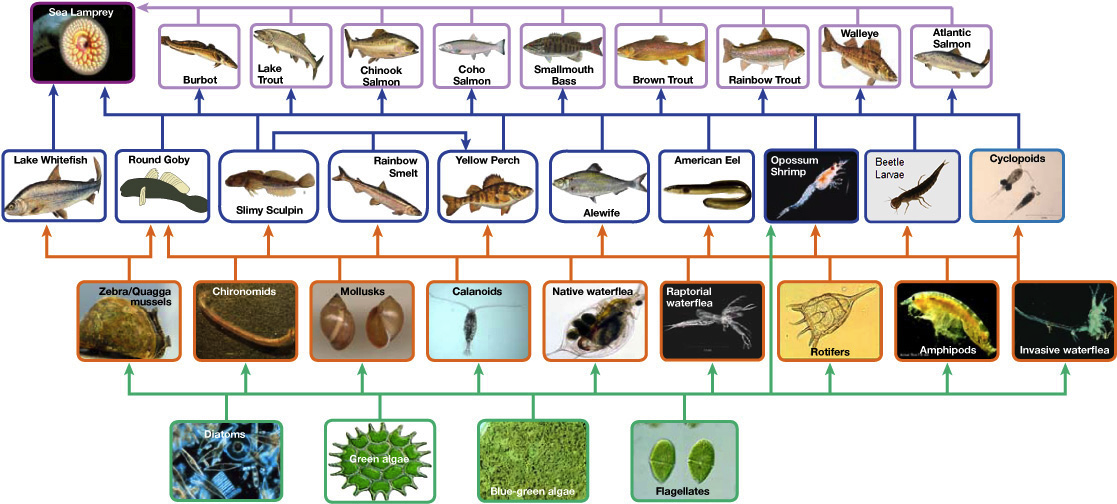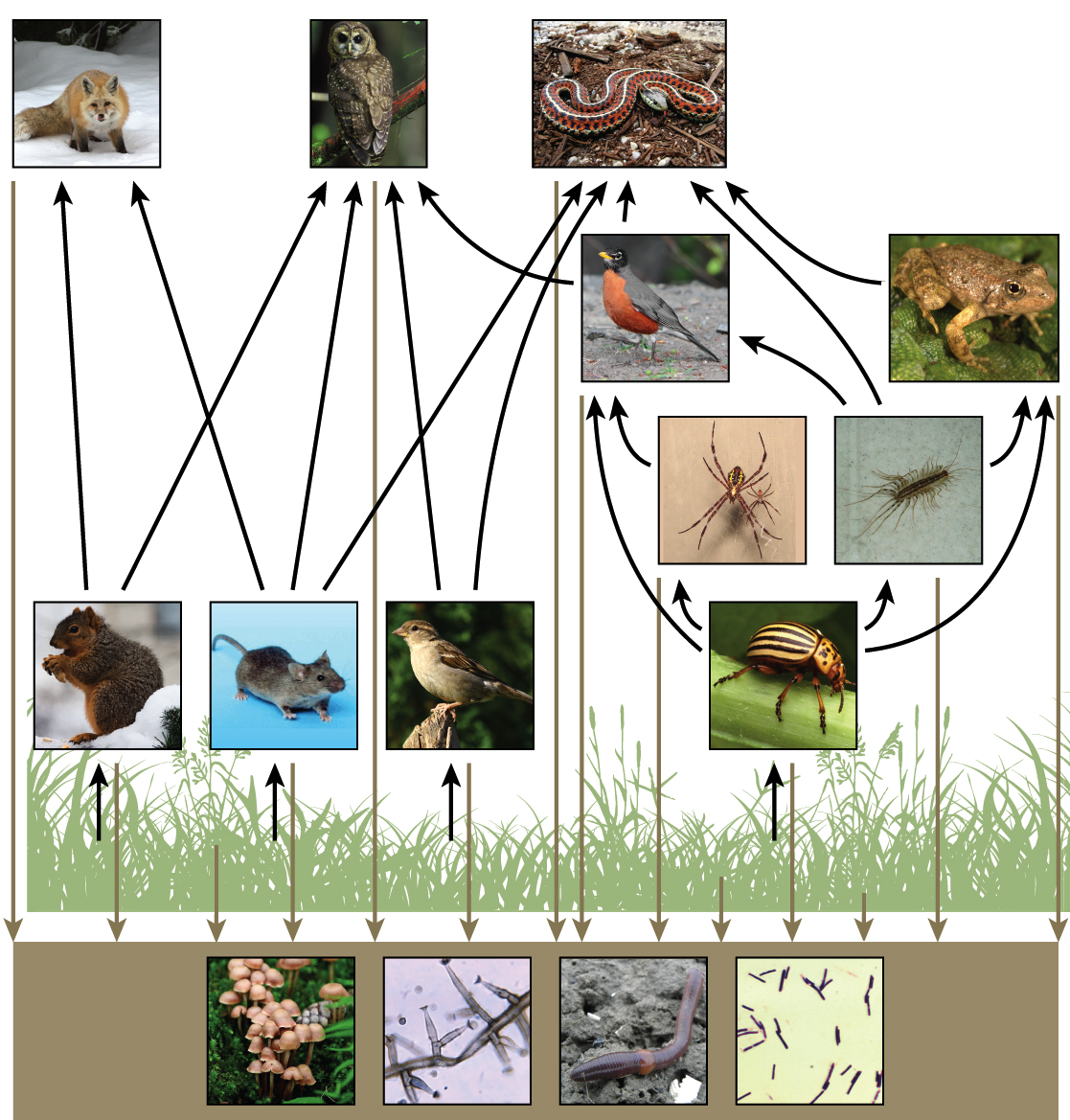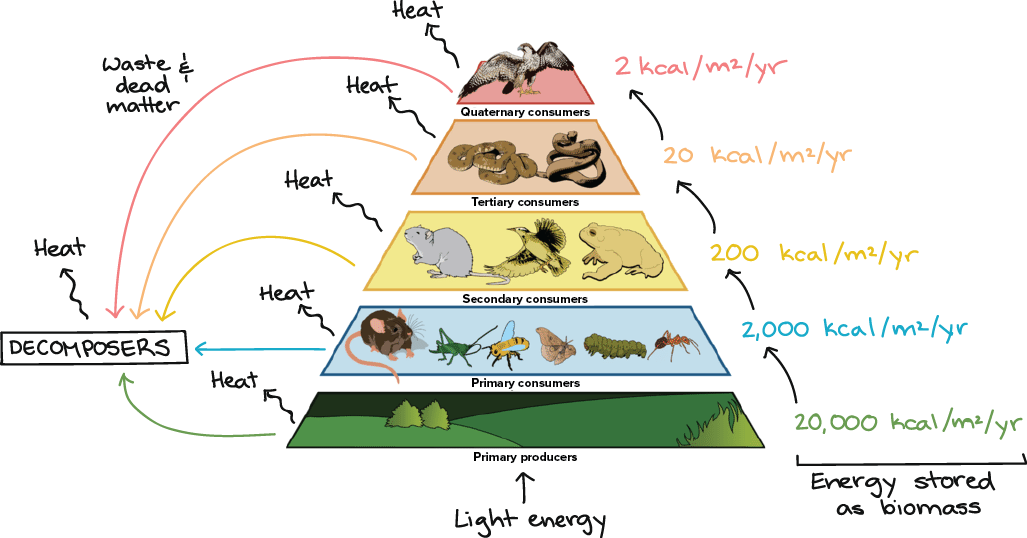Newton’s Laws WebQuest
Explain each of Newton’s three laws in your own words:
A. Law of Inertia http://www.physicsclassroom.com/class/newtlaws/u2l1a.cfm ____________________________________________________________________________ ____________________________________________________________________________ ____________________________________________________________________________ B. Law of Force and Acceleration http://www.physicsclassroom.com/class/newtlaws/u2l3a.cfm ____________________________________________________________________________ ____________________________________________________________________________ ____________________________________________________________________________ C. Law of Action/Reaction http://www.physicsclassroom.com/class/newtlaws/u2l4a.cfm ____________________________________________________________________________ ____________________________________________________________________________ ____________________________________________________________________________ 1. Part 1 - (http://www.physicsclassroom.com/mmedia/newtlaws/il.cfm) 2. Watch the truck and ladder animation. What is another name for Newton’s First Law? 3. What do people wear in cars to protect themselves against this law? 4. Investigate and apply Newton’s Laws to vehicle restraints. a. Go to http://regentsprep.org/Regents/physics/phys01/accident/default.htm b. Choose one of the eight videos and observe Newton’s Laws in relation to car crashes. c. Describe 3 ways that Newton’s Laws can apply in a car crash. d. Compare and contrast the results of a crash while the passengers are not wearing seat belts and while they are wearing seat belts.
Biology
Cellular Respiration and Photosynthesis

How do trees help you breathe?
Recall that trees release oxygen as a byproduct of photosynthesis. And you need oxygen to breathe. Do you know why? So your cells can perform cellular respiration and make ATP.
Connecting Cellular Respiration and Photosynthesis
Photosynthesis and cellular respiration are connected through an important relationship. This relationship enables life to survive as we know it. The products of one process are the reactantsof the other. Notice that the equation for cellular respiration is the direct opposite of photosynthesis:
- Cellular Respiration: C6H12O6 + 6O2 → 6CO2 + 6H2O
- Photosynthesis: 6CO2 + 6H2O → C6H12O6+ 6O2
Photosynthesis makes the glucose that is used in cellular respiration to make ATP. The glucose is then turned back into carbon dioxide, which is used in photosynthesis. While water is broken down to form oxygen during photosynthesis, in cellular respiration oxygen is combined with hydrogen to form water. While photosynthesis requires carbon dioxide and releases oxygen, cellular respiration requires oxygen and releases carbon dioxide. It is the released oxygen that is used by us and most other organisms for cellular respiration. We breathe in that oxygen, which is carried through our blood to all our cells. In our cells, oxygen allows cellular respiration to proceed. Cellular respiration works best in the presence of oxygen. Without oxygen, much less ATP would be produced.
Cellular respiration and photosynthesis are important parts of the carbon cycle. The carbon cycle is the pathways through which carbon is recycled in the biosphere. While cellular respiration releases carbon dioxide into the environment, photosynthesis pulls carbon dioxide out of the atmosphere. The exchange of carbon dioxide and oxygen during photosynthesis (Figure below) and cellular respiration worldwide helps to keep atmospheric oxygen and carbon dioxide at stable levels.
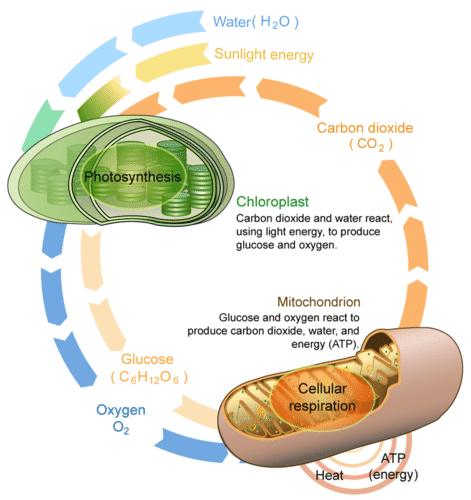
Cellular respiration and photosynthesis are direct opposite reactions. Energy from the sun enters a plant and is converted into glucose during photosynthesis. Some of the energy is used to make ATP in the mitochondria during cellular respiration, and some is lost to the environment as heat.[Figure1]
Summary
- The equation for cellular respiration is the direct opposite of photosynthesis.
- The exchange of carbon dioxide and oxygen through photosynthesis or cellular respiration worldwide helps to keep atmospheric oxygen and carbon dioxide at stable levels.
- Source :
- https://www.ck12.org/biology/cellular-respiration-and-photosynthesis/lesson/Connecting-Cellular-Respiration-and-Photosynthesis-MS-LS/
